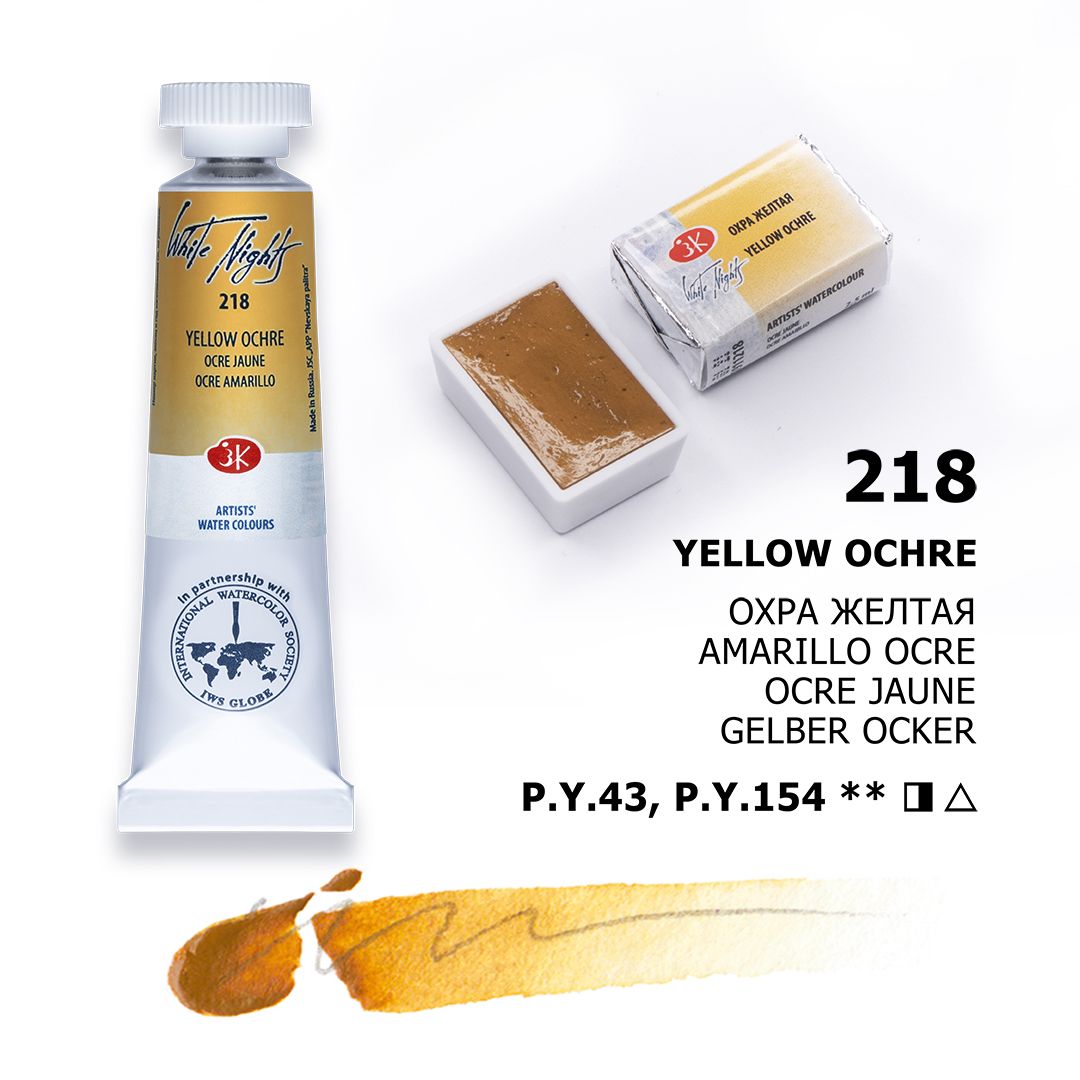PHYSICAL PROPERTIES OF COLOUR.
The colour perceived by the human eye is a concept based on the theory of electromagnetic radiation of the optical range. Isaac Newton was the first who brought visible colours into a system and made a colour circle of seven sectors matching seven colours of the rainbow (red, orange, yellow, green, blue, blue, violet). White is pure light, which contains the entire colour spectrum, and black is darkness, the absence of light.
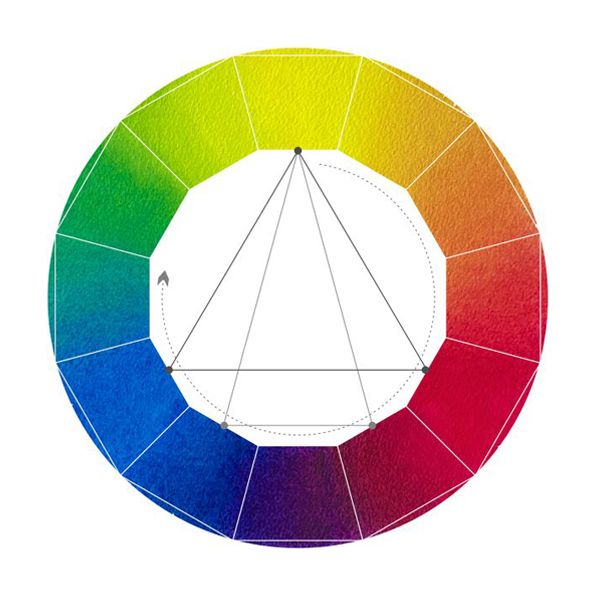
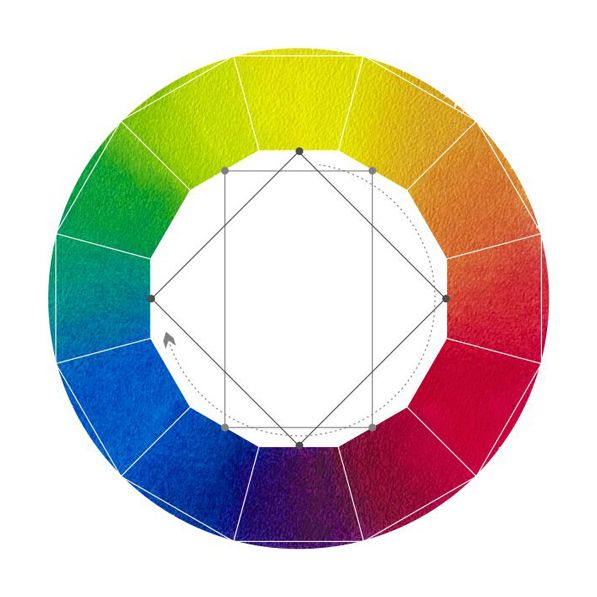
Pairs of colouгs that are diagonally to each other in the spectrum are called additional colours (or complementary) this is a synonym for the concept - opposite colours. The three primary colours of the first order are placed in an equilateral triangle so that yellow is at the top, red is at the bottom right and blue is at the bottom left.
Then this triangle fits into a circle and on its basis an equilateral hexagon is built. In the resulting isosceles triangles, we place three mixed colours, each of which consists of two primary colours, and thus obtain second-order colours:
- Yellow + Red = Orange
- Yellow + Blue = Green
- Red + Blue = Violet
- Yellow + Orange = Yellow-Orange
- Red + Orange = Red-Orange
- Red + Violet = Red-Violet
- Blue + Violet = Blue-Violet
- Blue + Green = Blue-Green
- Yellow + Green = Yellow-Green
In our circle, all twelve colours have equal lengths, so colours occupying diametrically opposite places in relation to each other are additional. This system allows you to instantly and accurately imagine all twelve colours and easily arrange all their variations between them.
«WARM» & «COLD» COLOURS.
The theory of light gives the artist an idea of how colour waves of different lengths perceived by the eye show themselves. Different sections of the spectrum differ from each other in wavelength and frequency. Violet waves are the shortest and tonally weak, and red waves are the longest and most intense. This property gives us a feeling of warm-cold shades of colour.
In painting, knowledge of the optical properties of light and colour is used when solving illumination (cold light - warm shadow and warm light - cold shadow), when solving heat-cold relations and when transmitting light-air medium: what is closer to us is warmer, what is further is colder.
The colours of the spectrum are divided into warm and cold according to their position in the system. Such a separation serves only as a starting point for further characteristics. Since physiologists noticed long ago that the effect of warm colours on the body corresponds to a warmer feeling, and cold ones to colder, it is quite fair to believe that the admixture of warm colour to cold makes it only warmer, but not warm. Warm-cold property is not an absolute, but a relative quality of colour.
Any colour can be warm or cold not due to an admixture of another colour, but with respect to another colour, for example, Prussian Blue is warmer than Ultramarine, Madder Lake Red is colder than Cadmium Red, and Ultramarine and Prussian Blue together will be cold with respect to Madder lake Red and Cadmium Red, which belong to warm colours.
Warm-cold property of the colour also depends on saturation. Optimally saturated, pure colours will always be perceived colder than their corresponding weakly saturated colours. Thus, the absolute division of colours into warm and cold for painting, in which colour is always taken in a relationship, does not mean anything. For painting practice, not the definitions of "cold" and "warm" are much more important, but the definitions of "warmer," "colder."
Completing the theme of colour theory, it is necessary to say once again that the ability to see colour and reproduce it in painting can be nurtured, developed, and the artist's reasonable use of all the chemical and physical properties of paints will be a guarantee against unsuccessful colour experiments. This knowledge will help to achieve the desired result in painting and will make the best use of the features of the material in the work.
WHITE NIGHTS EXTRA FINE ARTISTS’ WATERCOLOURS. CLASSIC COLOURS:
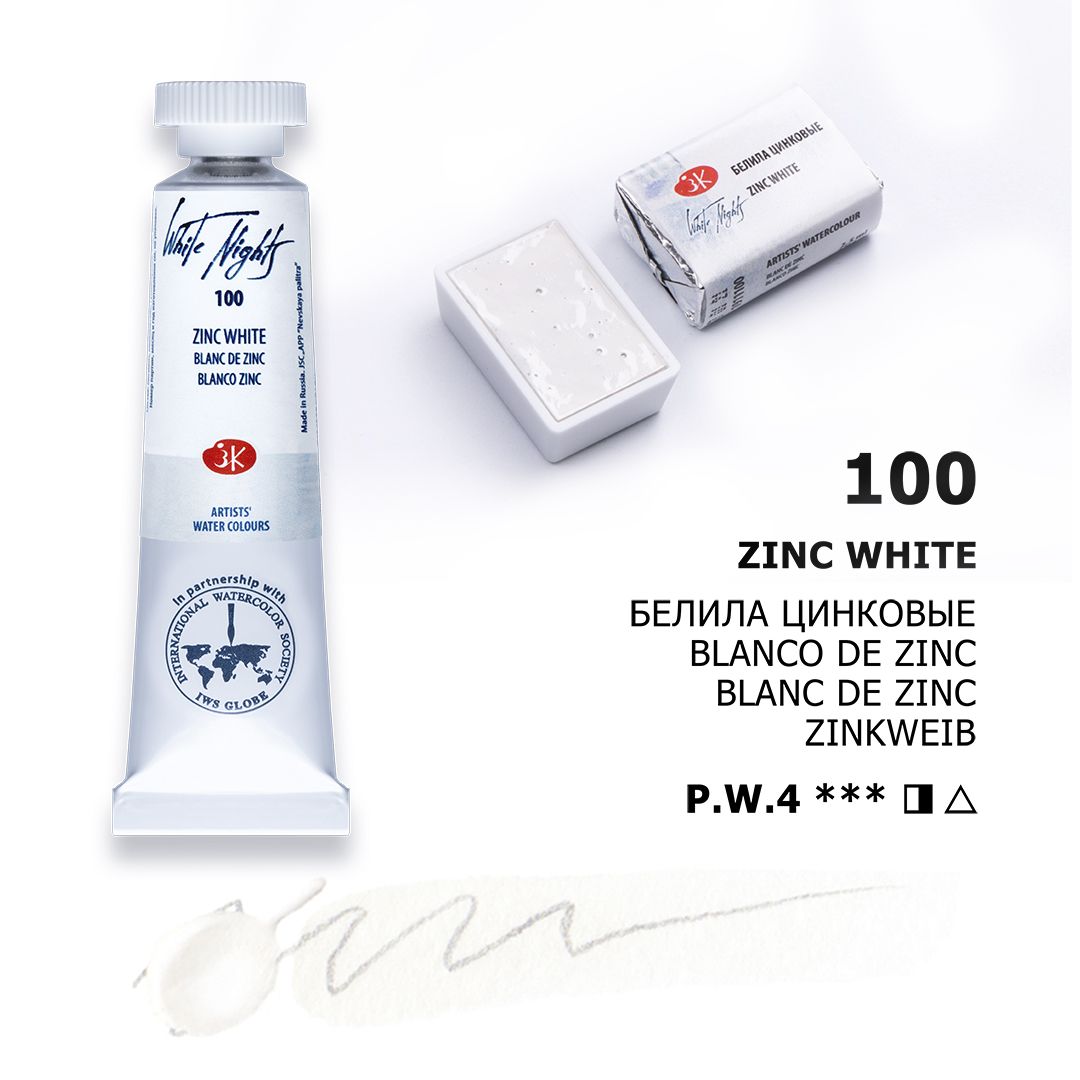
Zink White
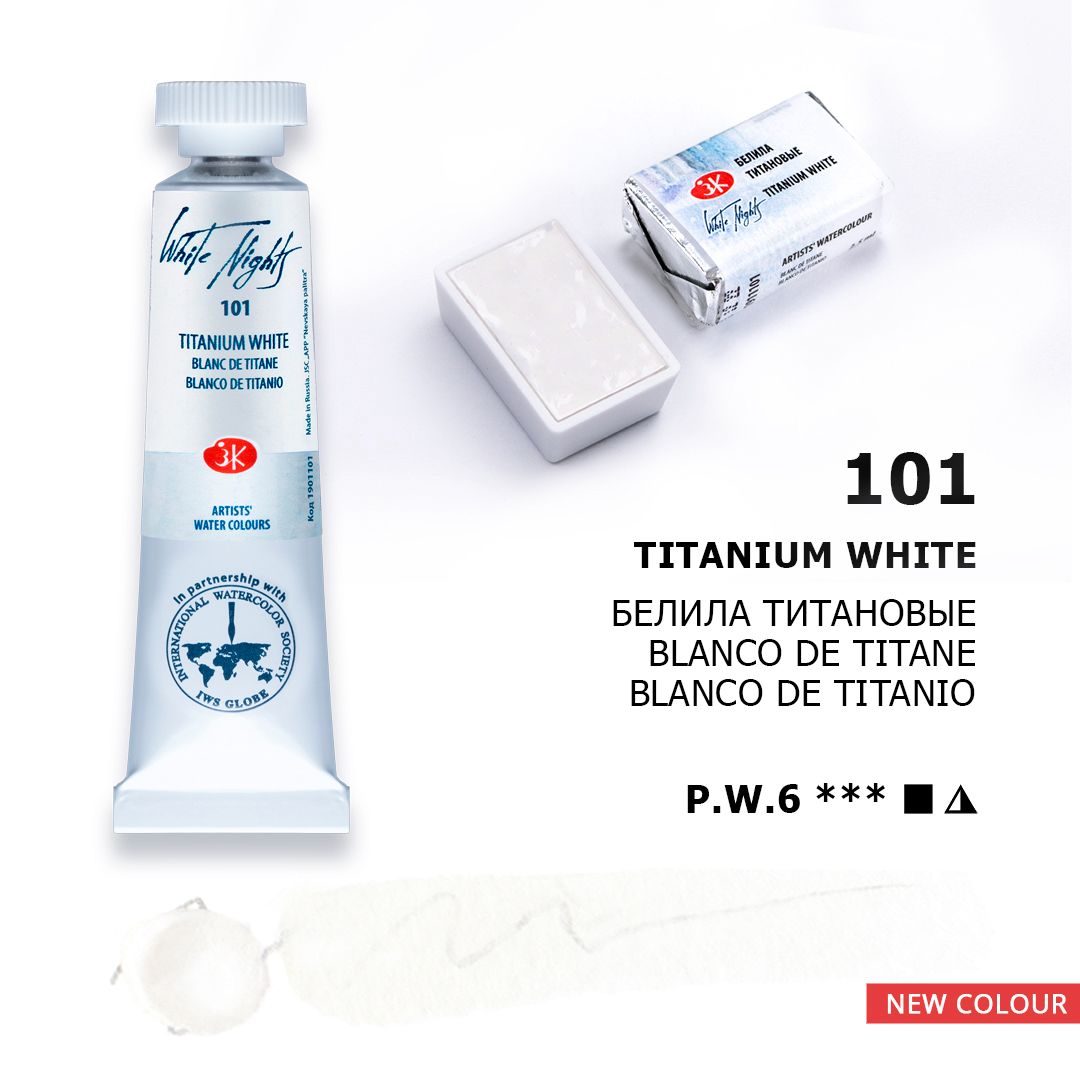
Titanium White
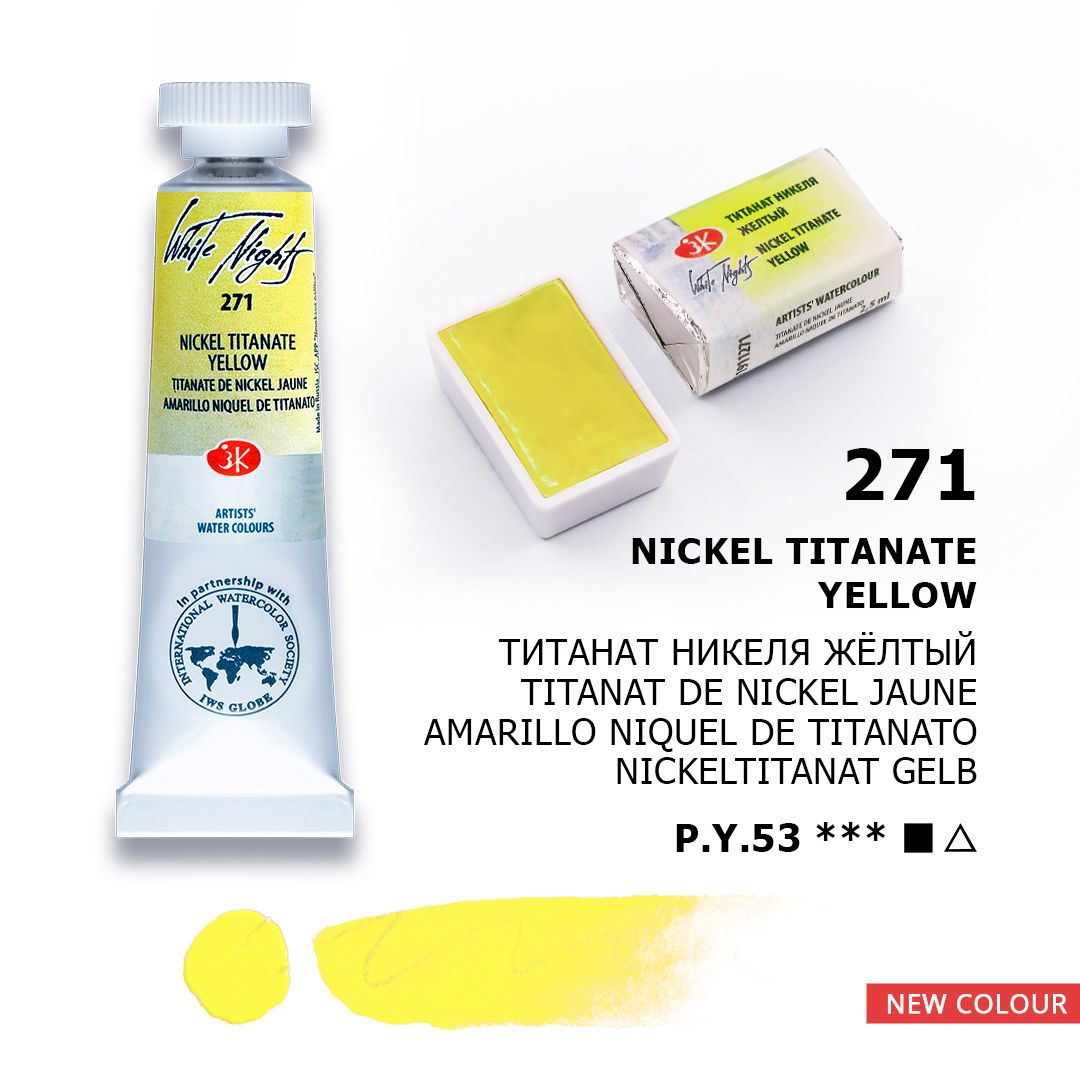
NICKEL TITANAT YELLOW
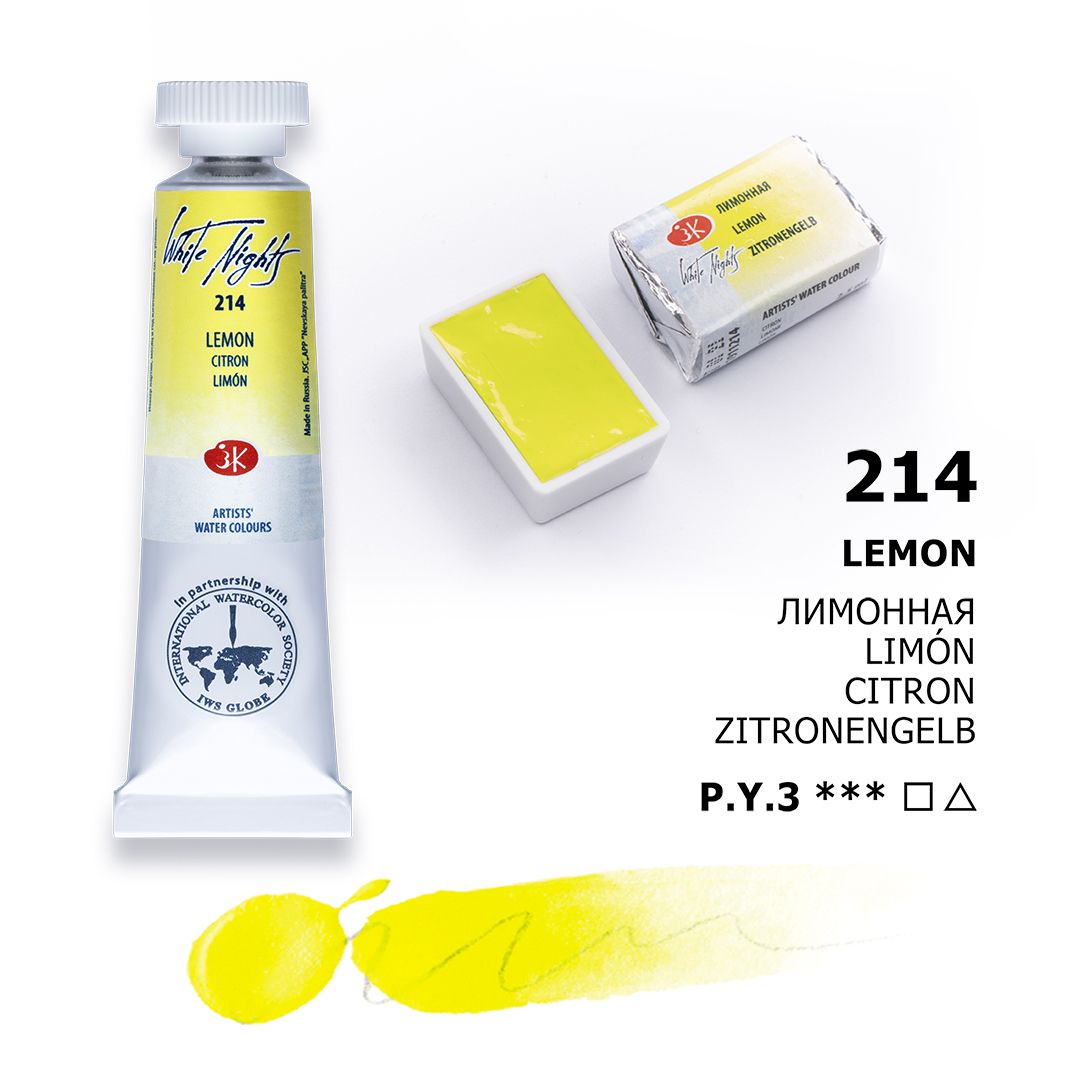
LEMON
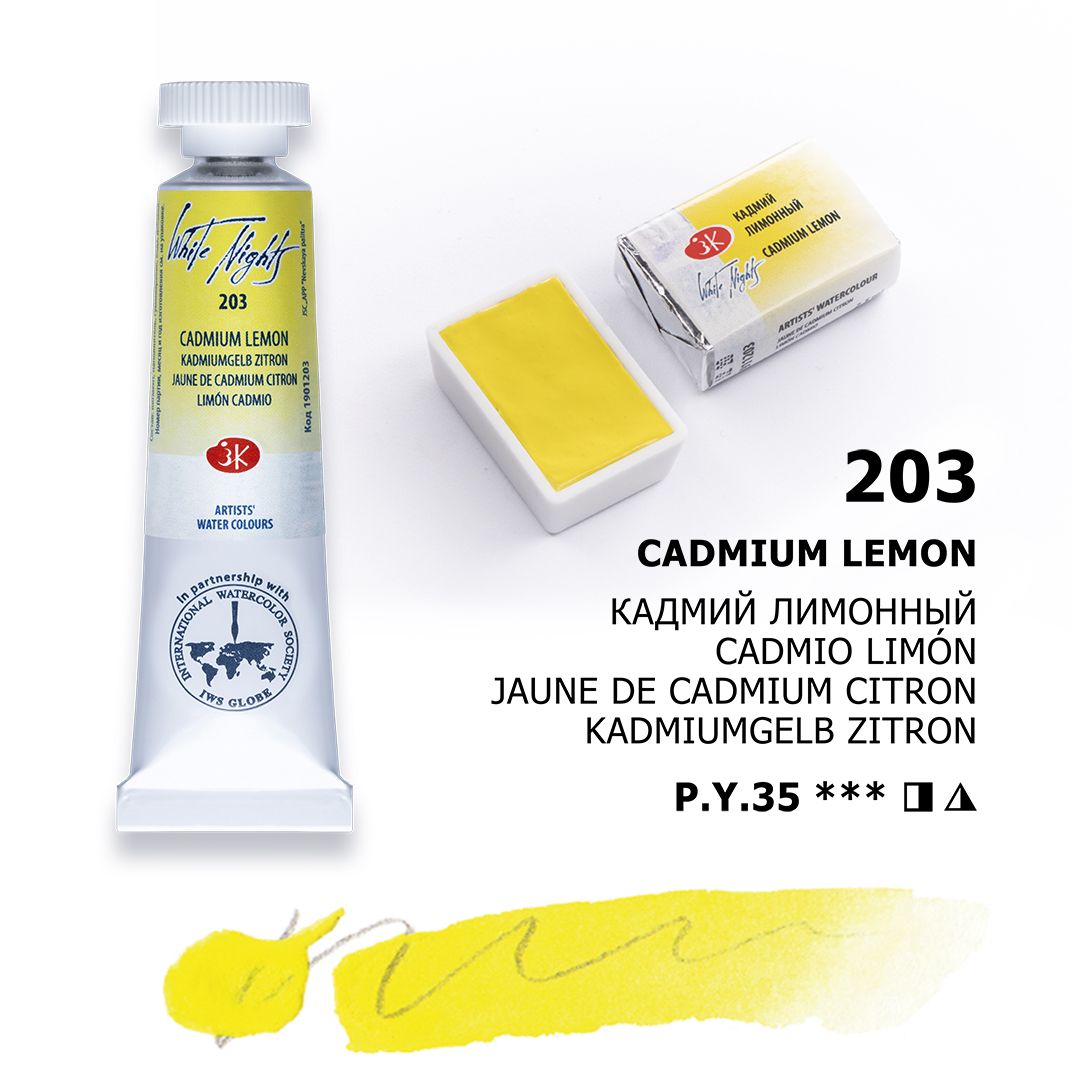
CADMIUM LEMON
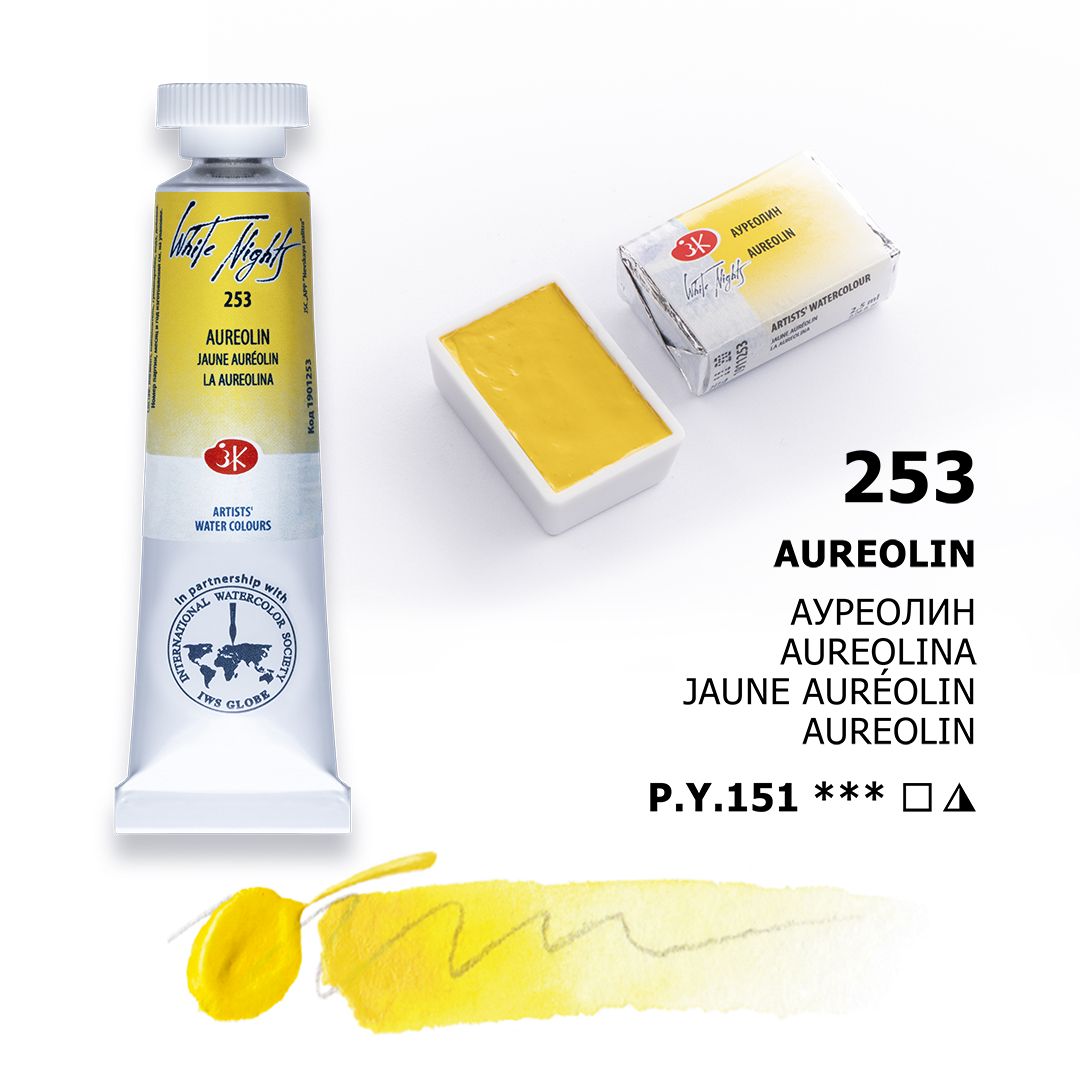
AUREOLIN
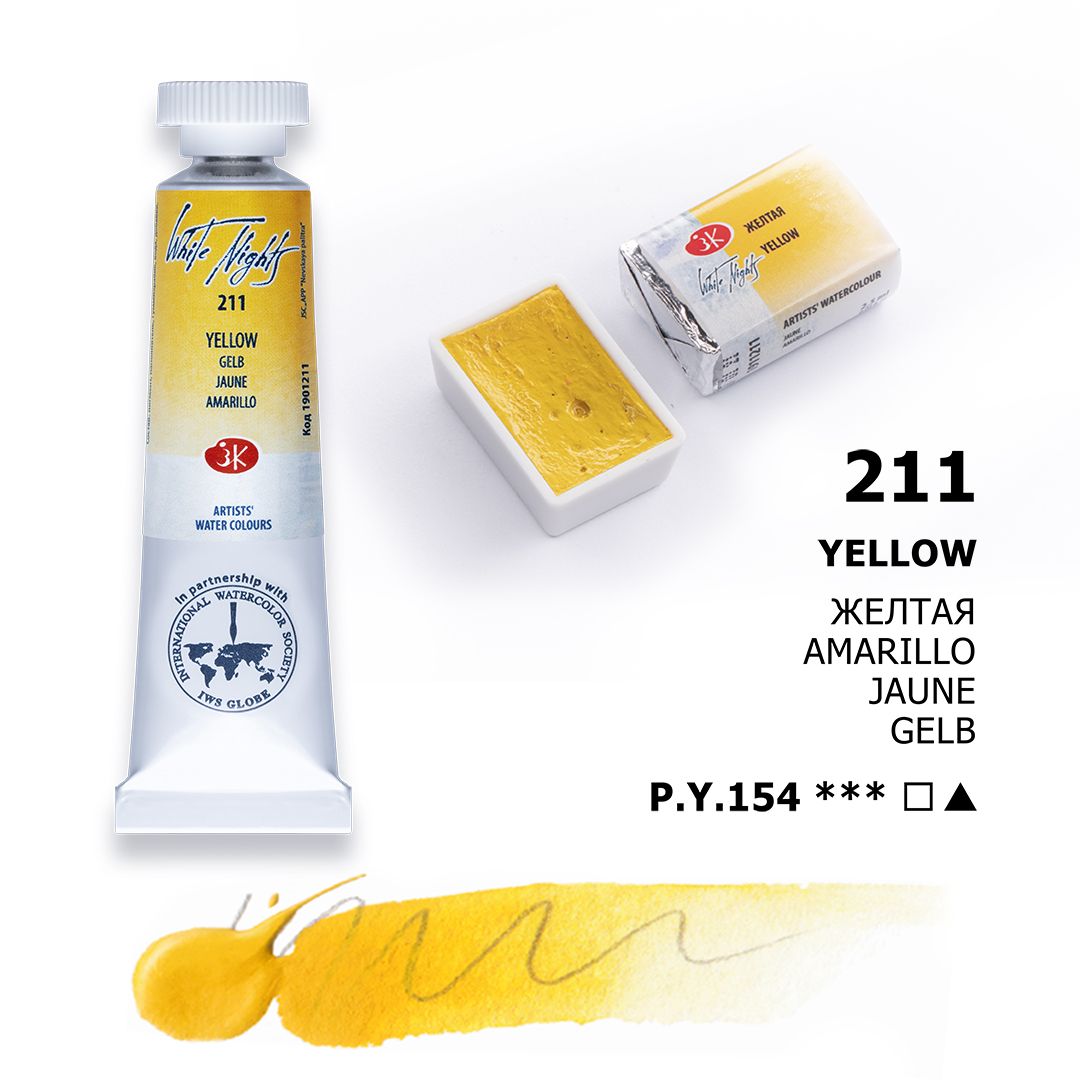
YELLOW
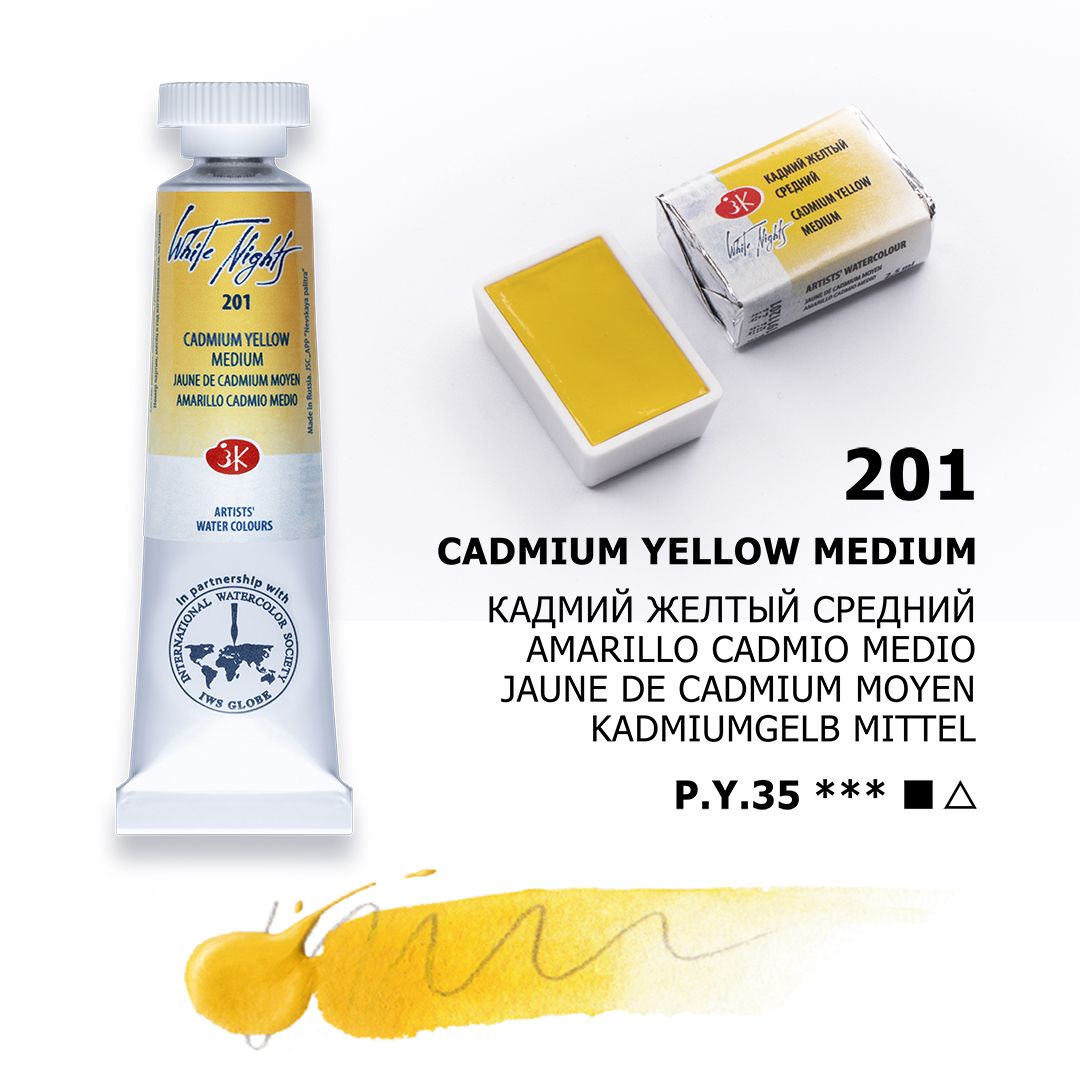
CADMIUMYELLOW MEDIUM
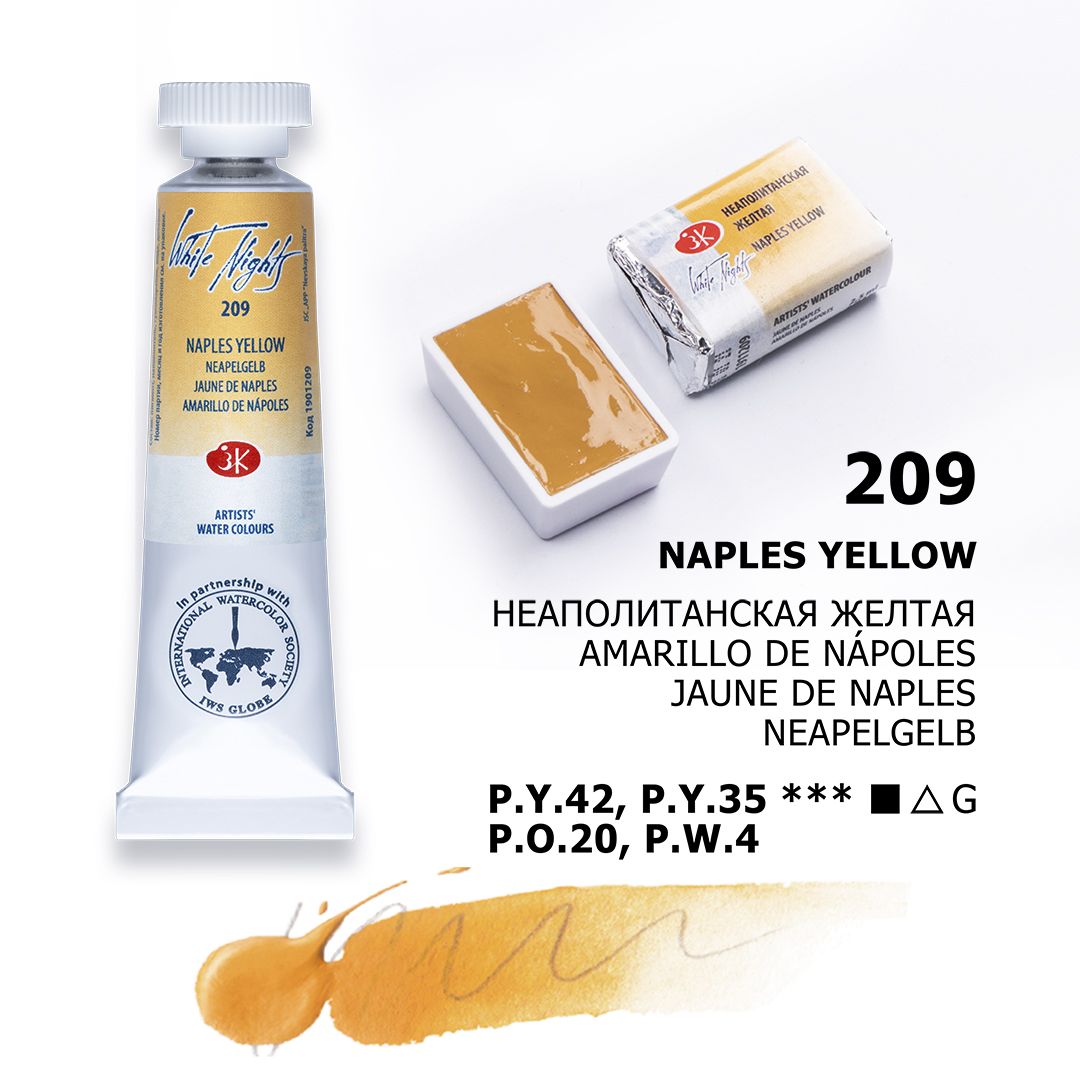
NAPLES YELLOW
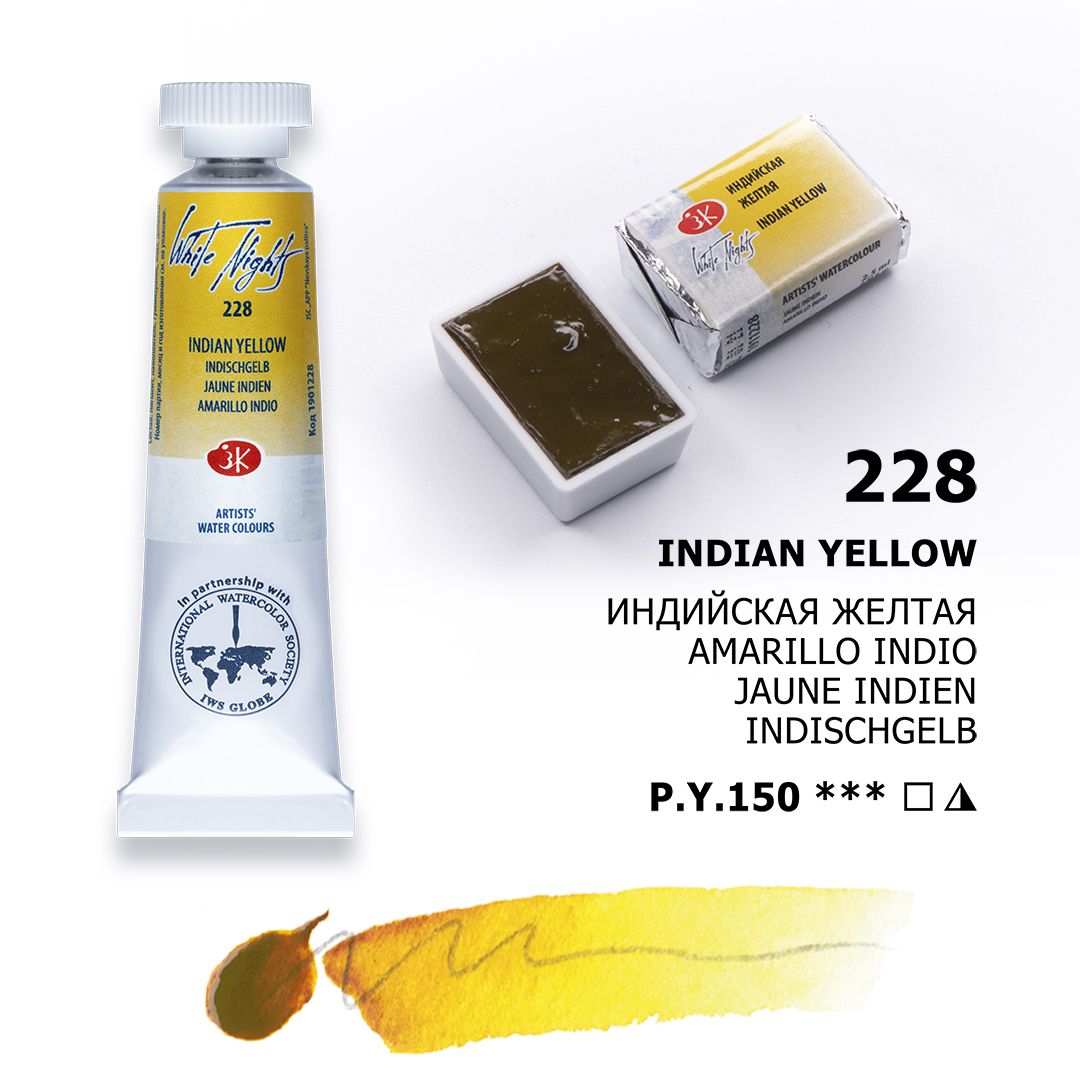
INDIAN YELLOW
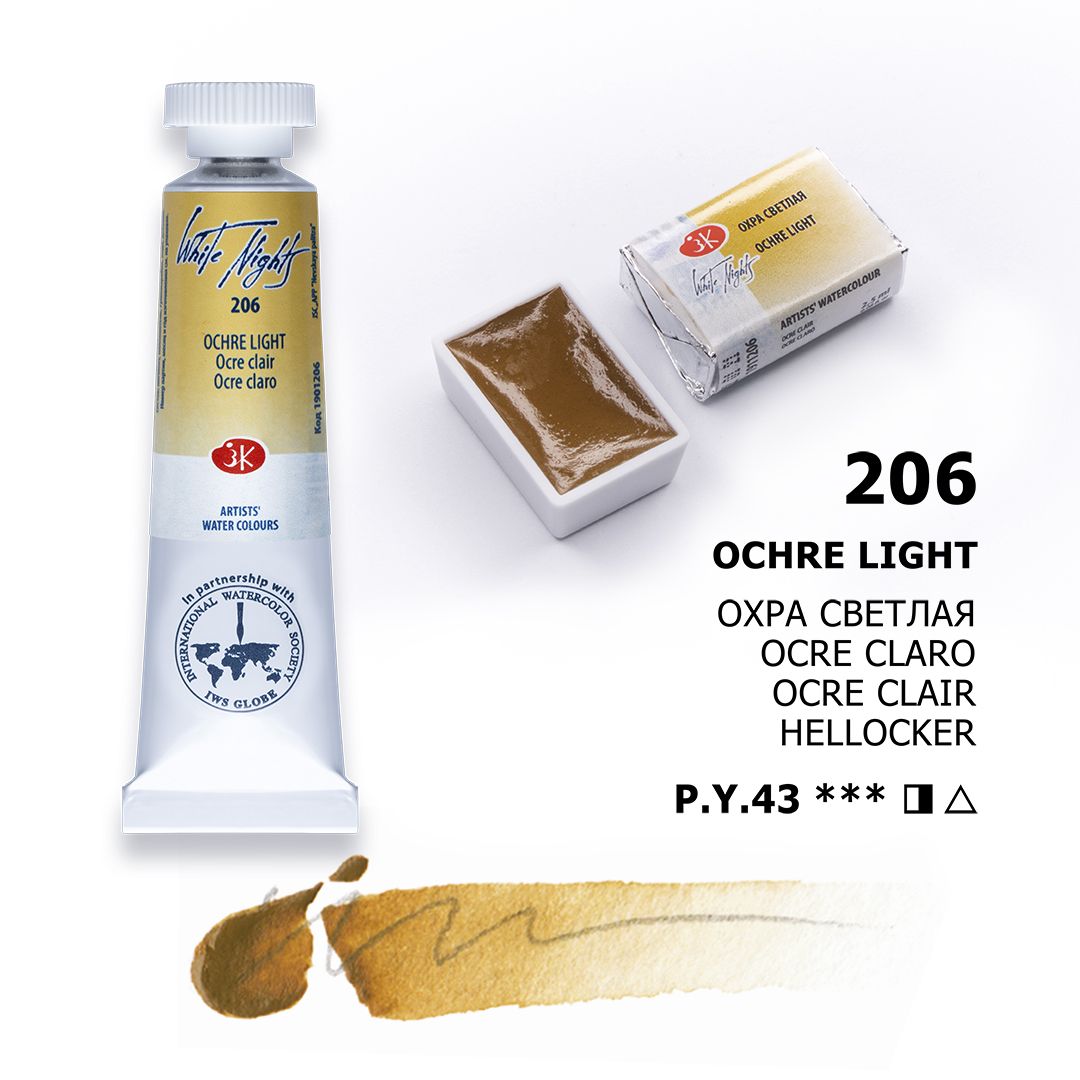
OCHRE LIGHT
